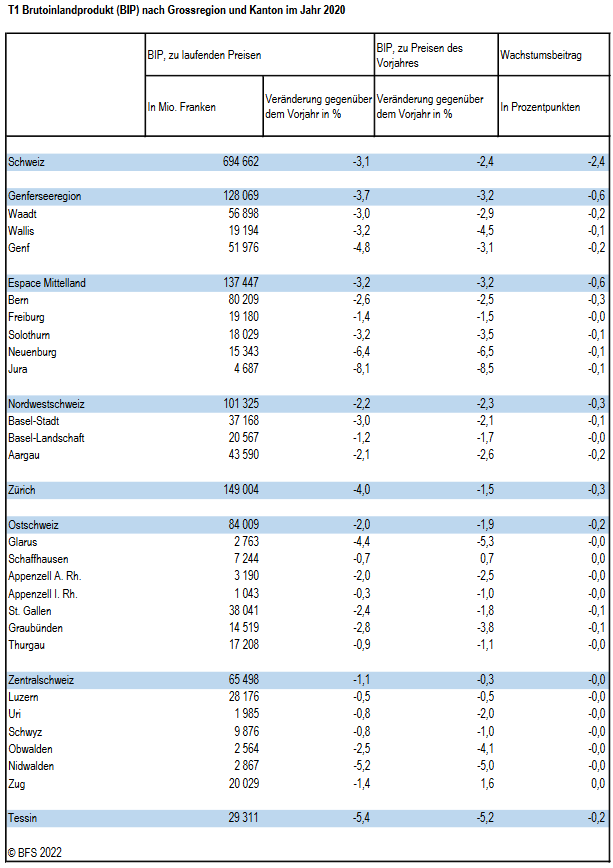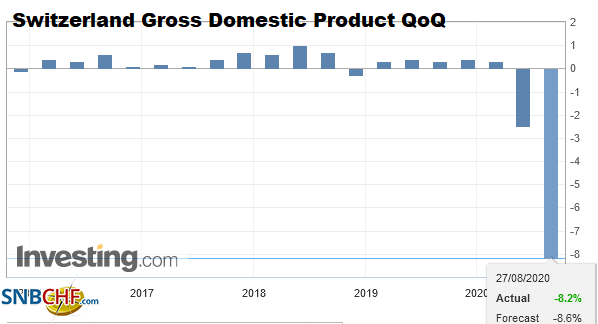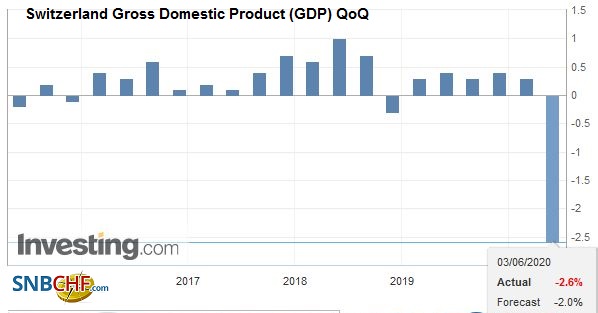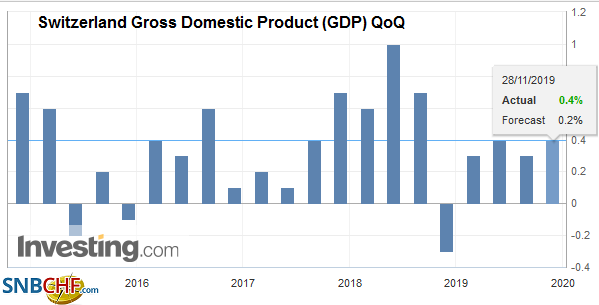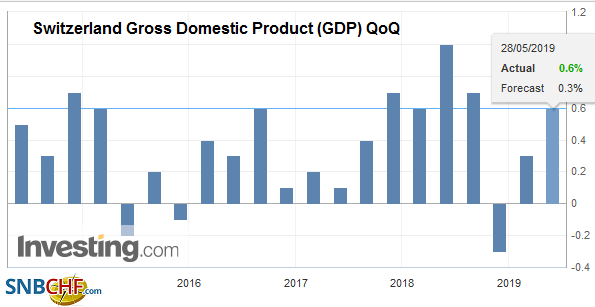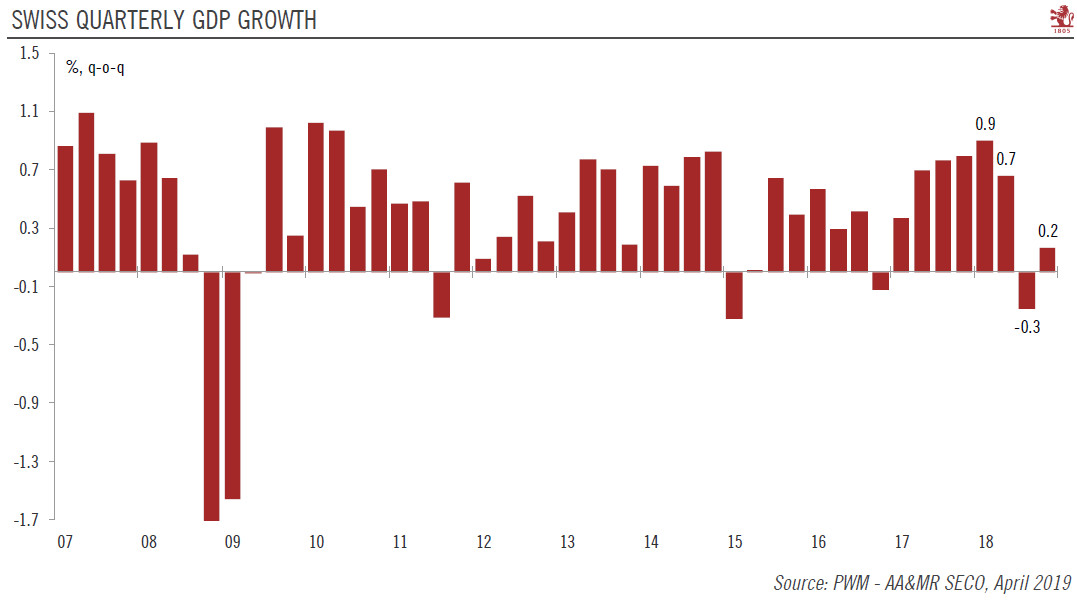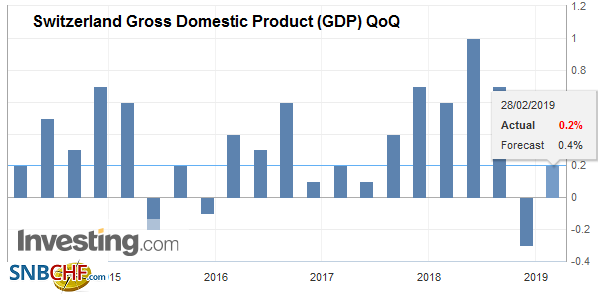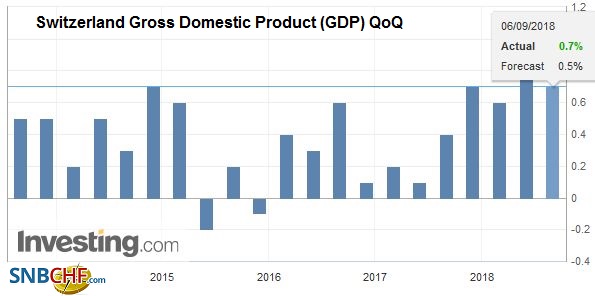Switzerland is made up of 26 cantons – technically six are half cantons1 – each with its own distinct taxes, education system, hospitals and government.
Land area varies significantly, from 37 sq/km Basel-Stadt to 7,105 sq/km Graubünden.
Population is also highly varied, from tiny Appenzell Innerrhoden (16k) up to Zurich with nearly 1.5 million.
Unsurprisingly, the range of economic output is wide too. Ranging from Zurich (141 billion) down to Appenzell Innerrhoden (1 billion). In 2015, Zurich (140b), Bern (78b), Vaud (52b) and Geneva (47b) together generated GDP of 317 billion, 49% of Switzerland’s total.
At the same time these big-four cantons were home to 45% of the nation’s population.
Cantons punching above their weight on a per-capita-GDP-basis were Basel-Stadt (169k), Zug (153k), Geneva (98k) and Zurich (97k).
Bern (77k) and Vaud (68k) would not have made it into the GDP A-list if it weren’t for their large populations. On a per capita GDP basis Bern ranked 8th and Vaud 13th.
Last year, a study by the University of Lausanne listed the six Swiss regions of Zurich (3rd), Ticino (4th), Basel (5th), the region around Zug (6th), Bern-Solothurn (7th) and Suisse romande (8th), Switzerland French-speaking region in Europe’s top 10. The only regions ranked higher were Luxembourg (2nd) and the City of London (1st).
Full story here Are you the author? Previous post See more for Next postTags: newslettersent,Switzerland Gross Domestic Product
























